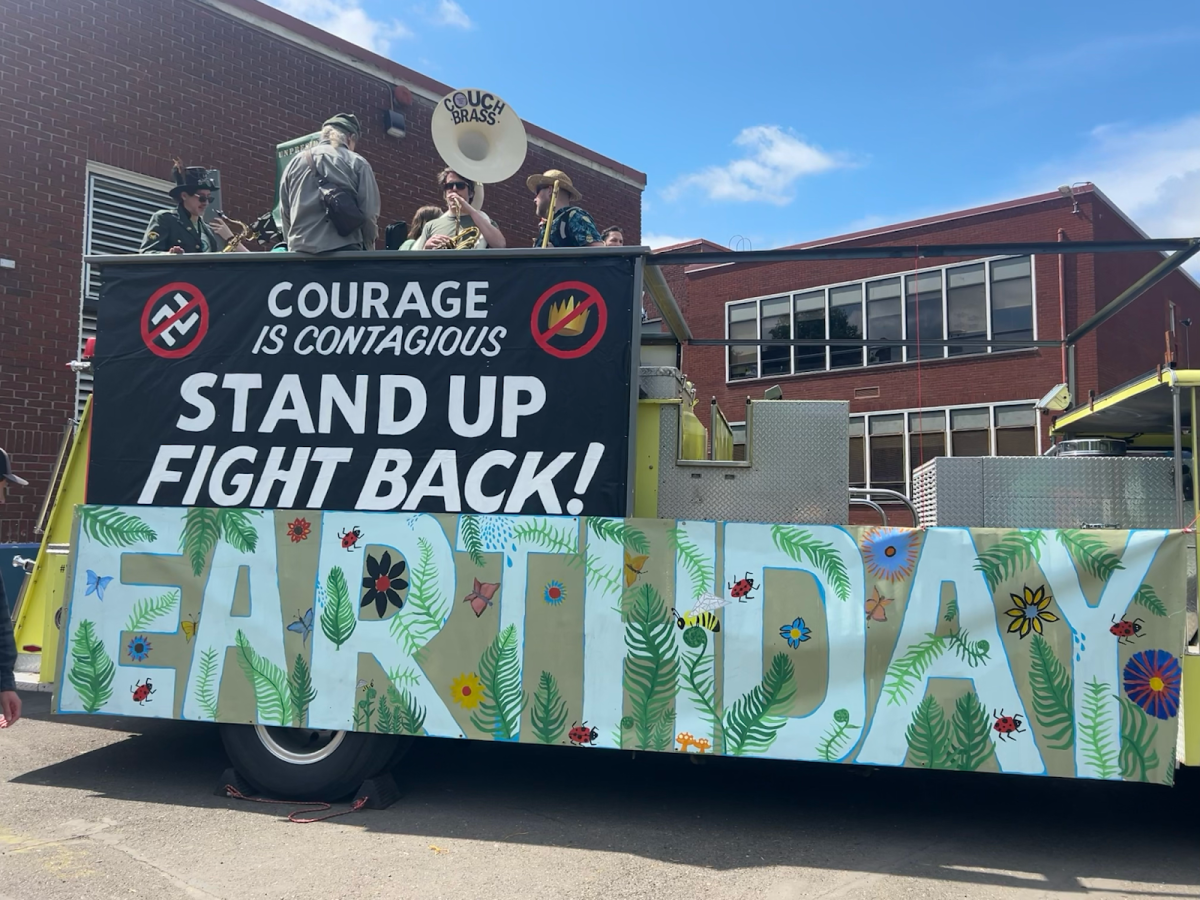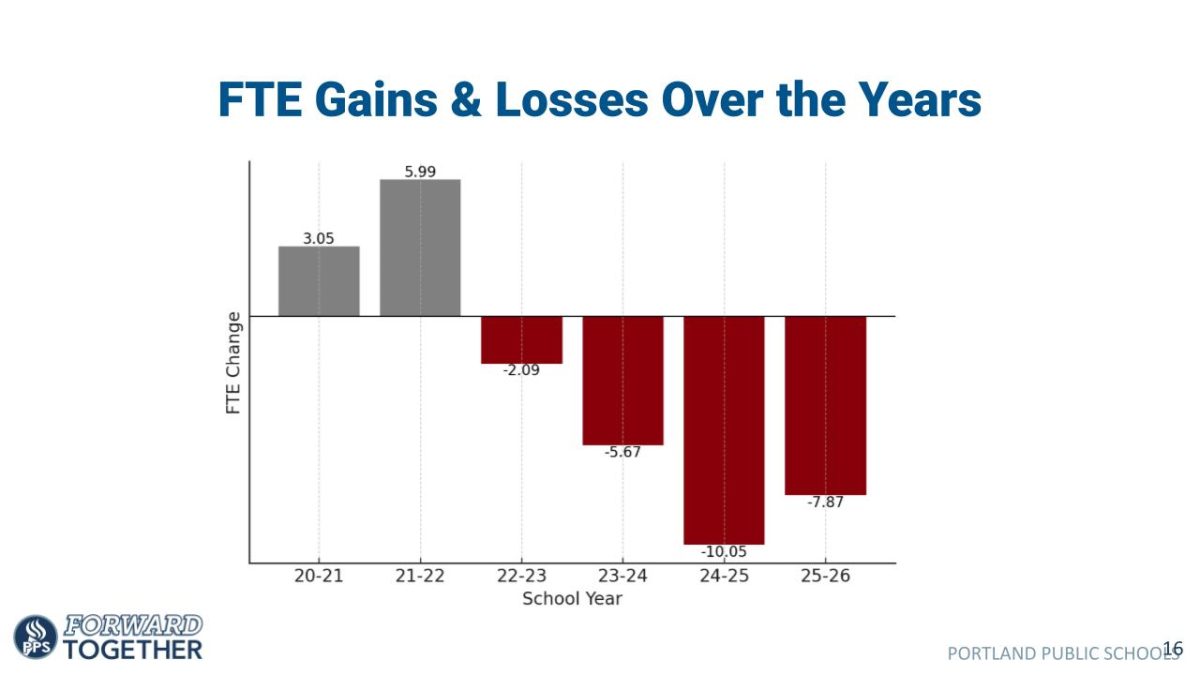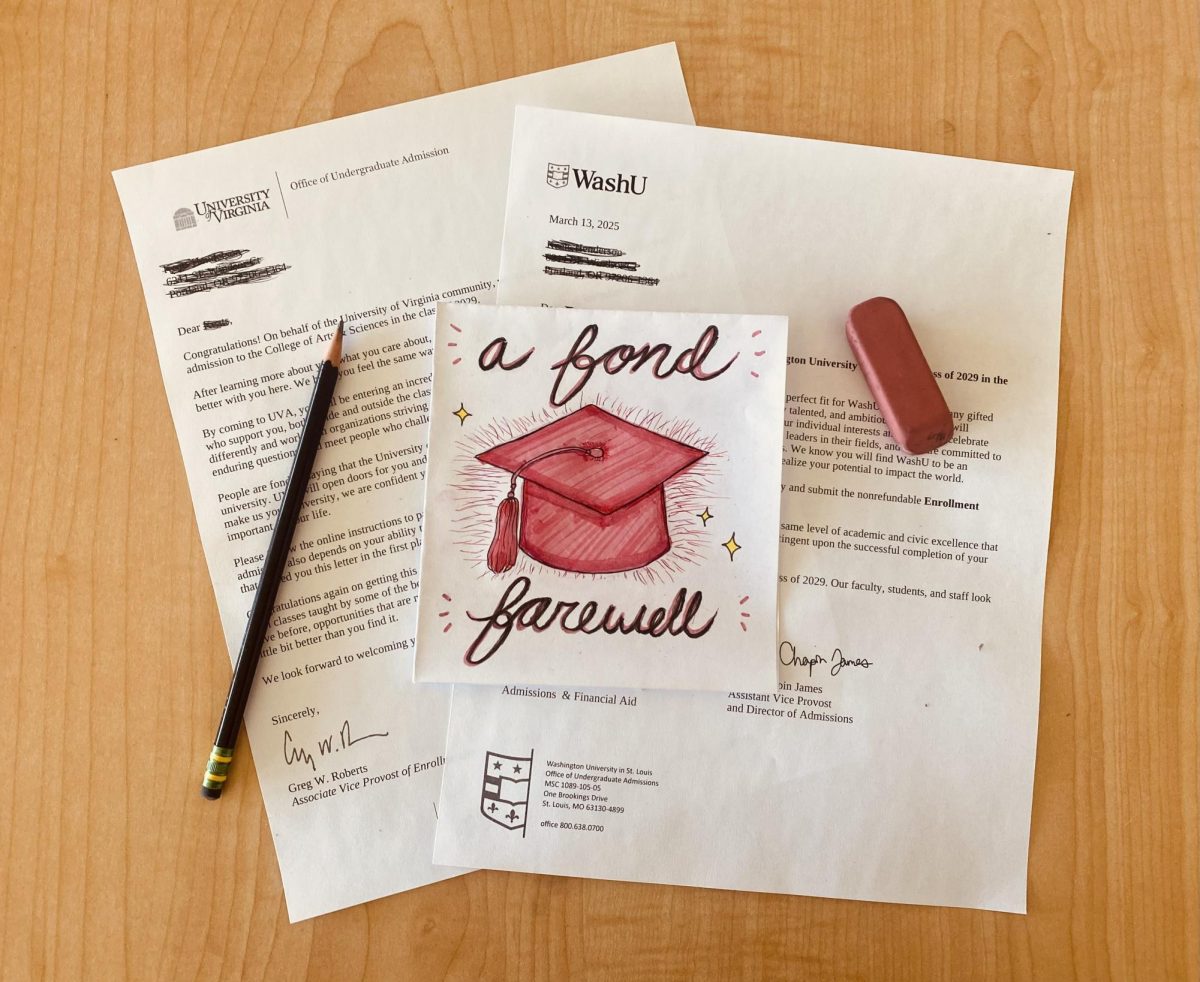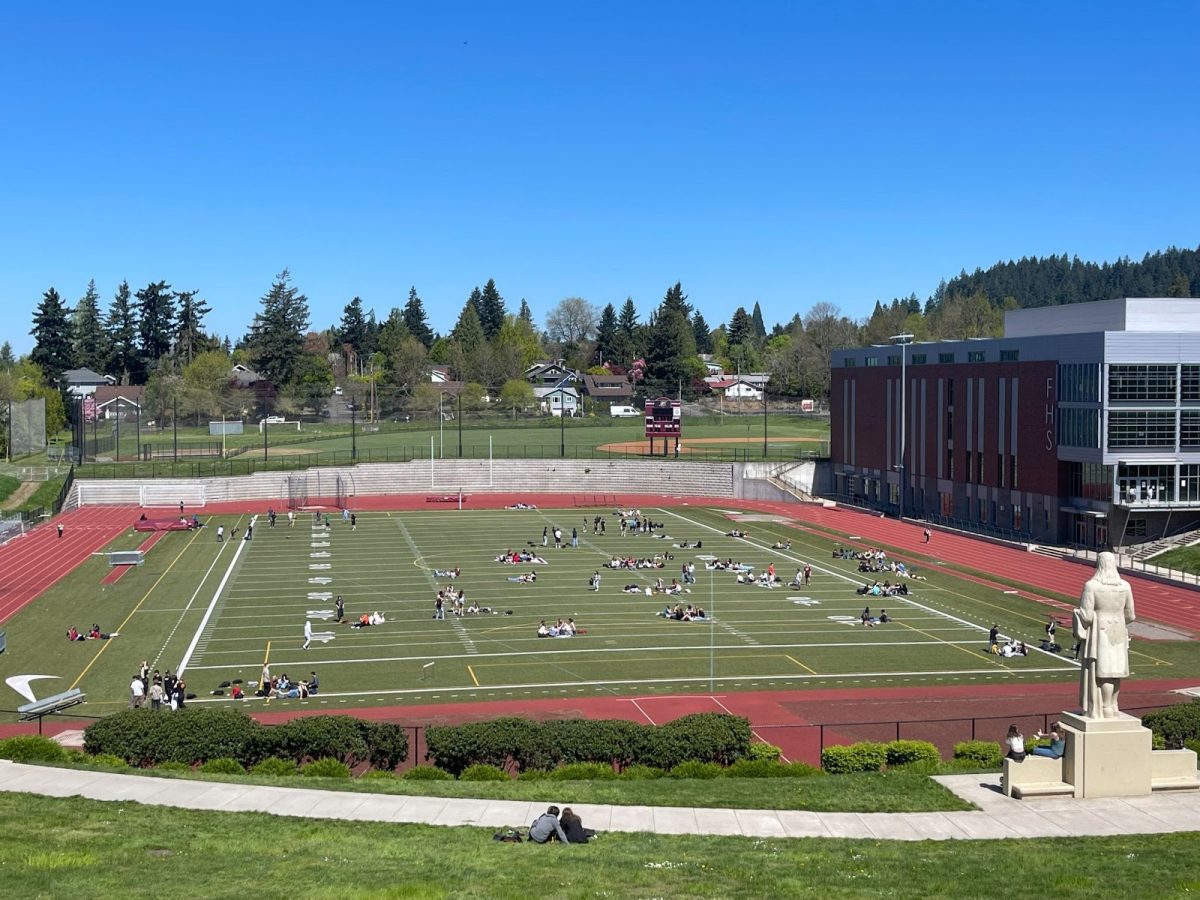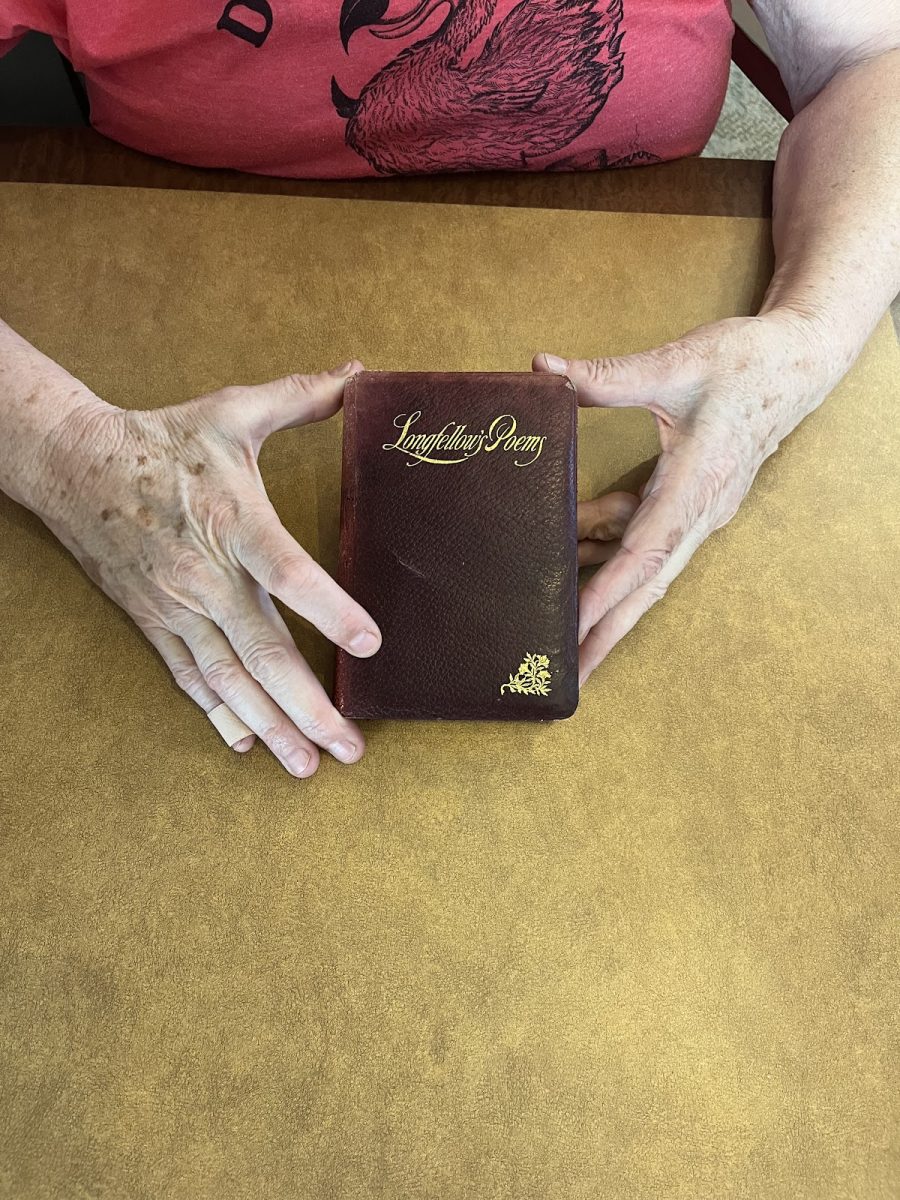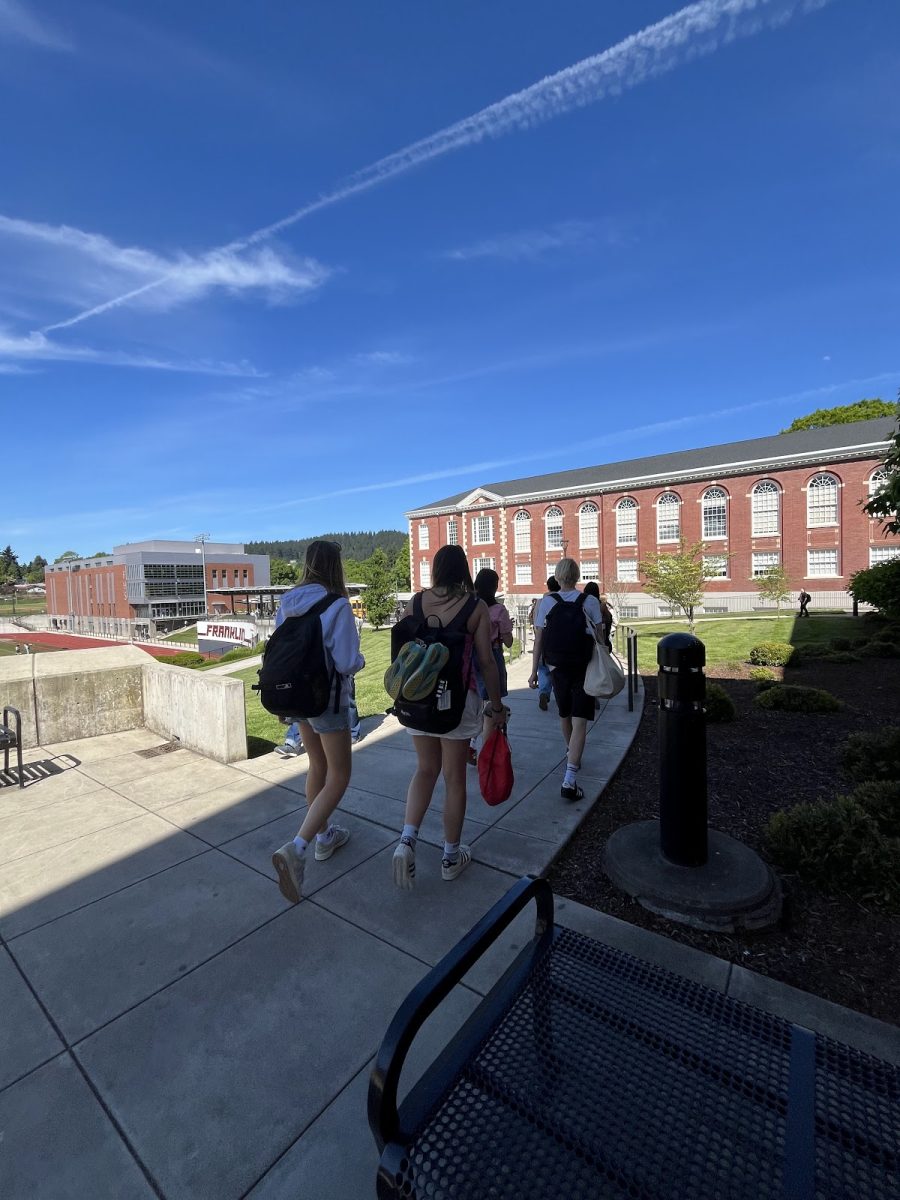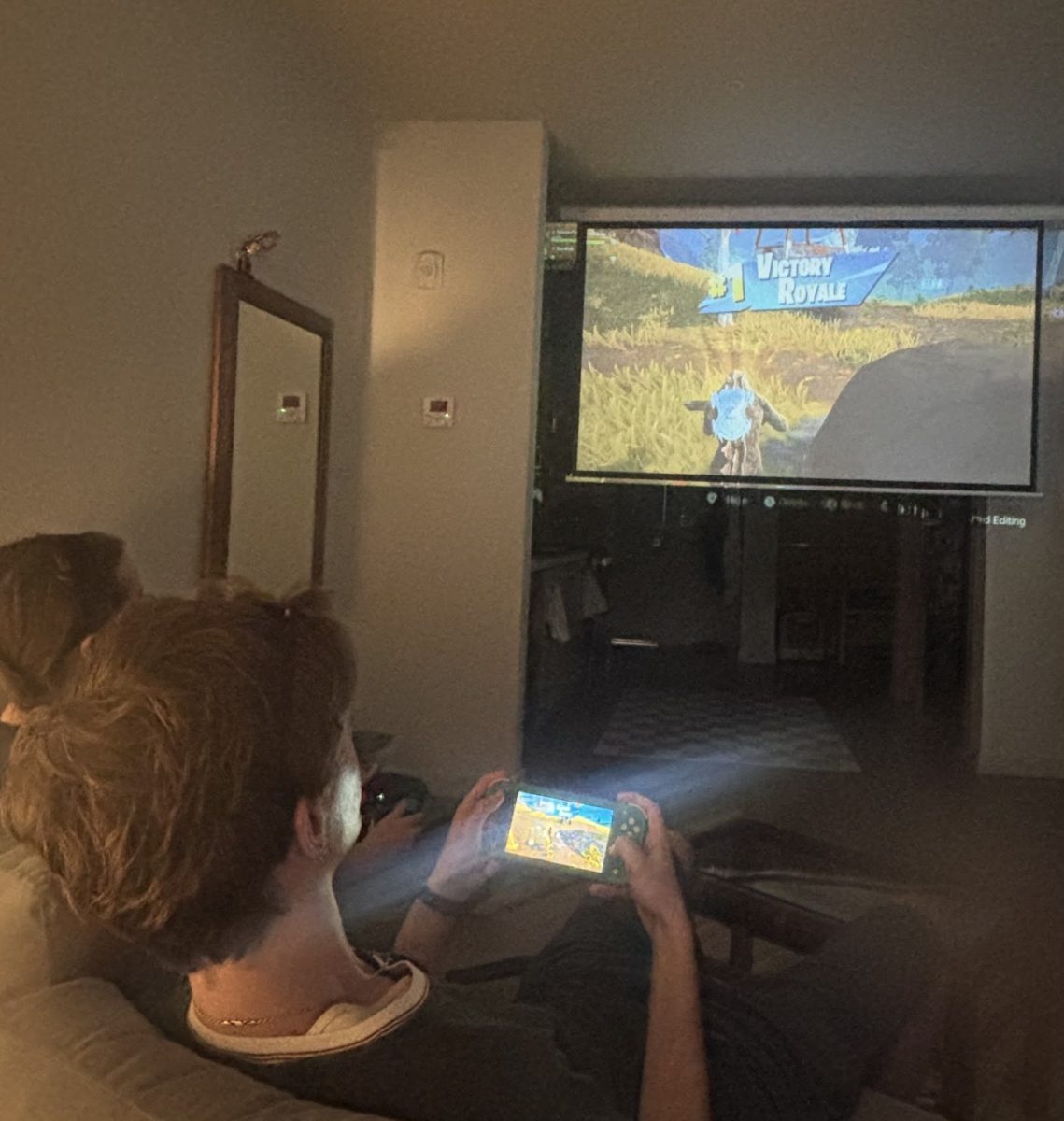The historic death of Supreme Court justice and renowned women’s rights activist Ruth Bader Ginsberg was not only a devastating loss for many, but also confirmed many pro-choice Americans’ worst fears. Many conservatives have been pushing for a reversal of Roe v. Wade, the landmark 1973 Supreme Court decision that established women’s rights to access safe, legal abortion. Amy Coney Barrett’s Supreme Court nomination makes this threat all the more imminent. A reversal of Roe would put 25 million women at risk of being unable to abortion procedures. But Barrett’s nomination is hardly the first time abortion access has been under threat.
Prior to the 19th century, abortion was legal up until the “quickening” or the point when the pregant person first feels the fetus begin to move—usually around five months. According to the Our Bodies Ourselves website, before the 1800s, “abortion was widely practiced, primarily done using herbs with the assistance of midwives and other female healers.” But beginning in the 19th century, a new women’s rights movement arose advocating access to birth control— “voluntary motherhood.” Coupled with the burgeoning pseudoscientfic eugenics movement and fears that the declining birthrate among white Protestant women would result in “race suicide,” the women’s rights movement of the 19th century was seen as a threat to male dominance.
As a result, the American Medical Association (AMA) began a campaign that was, according to Leslie J. Reagan, author of When Abortion Was a Crime, “anifeminist at its core.” Lead by Dr. Horatio Storerto, the AMA sought to condemn and criminalize abortion. “Restricting abortion was [designed to] confine [women] to a traditional childbearing role. It was also a way for men in the newly-established medical profession to wrest control over the highly-profitable business of childbirth from midwives, whom they condemned for performing abortions,” says Our Bodies Ourselves. By 1880 the AMA had largely suceeded in its push to make abortion illegal. Comstock laws were instituted to ban drugs commonly used as abortifacients. This meant that during the early 20th century, abortion remained illegal (apart from cases of rape, incest, or threats to the mother’s health) in almost every state.
Despite its criminalization, abortion procedures continued to take place. According to Guttmacher institute, a US-based reproductive health non-profit, international data shows that countries where access to abortion is illegal and countries where it is legal have practically identical abortion rates. The Institute estimates that during 1950s and 60s, the estimated number of illegal abortions in the United States was up to 1.2 million per year.
Women seeking safe abortions often were forced to pay heavy prices to physicians operating illegally. Meanwhile, poor women, particularly women of color, were subject to dangerous abortions not performed by medical professionals. Many resorted to “insert[ing] knitting needles or coat hangers into their vaginas and uteruses, douch[ing] with solutions such as lye, or swallow[ing] strong drugs or chemicals,” says Our Bodies Ourselves.
By 1965, illegal abortions were responsible for more than one-sixth of pregnancy-related deaths in the US. According to Planned Parenthood, a survey conducted in the 1960s found that “among women with low incomes in New York City who had obtained an abortion, eight in 10 had attempted a dangerous, self-induced procedure.” The cost to women’s health was so great that hospitals often had entire wards dedicted to women suffering from botched abortions.
With the absence of adequate reproductive care, underground organizations arose to help women access safe abortions. Pastors and rabbis in The Clergy Consultation Service on Abortion (1960) searched for safer illegal abortion options for women, while The Abortion Counseling Service of the Chicago Women’s Liberation Union (codename: Jane) set up underground abortion services in 1969 and provided illegal abortions that were safe and supportive. “We were ordinary women who, working together, accomplished something extraordinary. Our actions, which we saw as potentially transforming for other women, changed us, too,” Laura Kaplan, former Jane member, writes in her book The Story of Jane: The Legendary Underground Feminist Abortion Service. “We ourselves felt exactly the same powerfulness that we wanted other women to feel.”
After the decision in Roe v. Wade on January 22, 1973, women across the nation celebrated access to safe, legal abortion for all. Unfortunately, 1,074 laws have since been passed to limit abortion access, more than a quarter between 2010 and 2015 alone. Anti-abortion groups like American Life League claim that “abortion is a direct attack on a preborn child that kills,” and that abortion procedures can be harmful to the mother and her menral health. This is, simply put, false. The American Academy of Obstetricians and Gynocologists states that abortion is one of the safest medical procedures available today and that “the risk of death associated with childbirth is approximately 14 times higher than that with abortion.”
Nearly one in four women in the United States will have an abortion in her life. Criminalizing abortion won’t stop it from happening, it will only lead to hurt and destruction. As messy and distraught America’s history of abortion is today, we must remember that access means getting to choose what happens to your body. That choice should be a human right. We must fight for a future where abortion is safe and legal for all women, everywhere.



